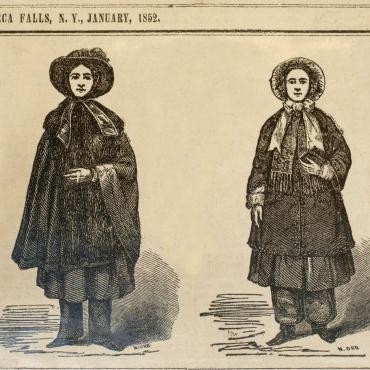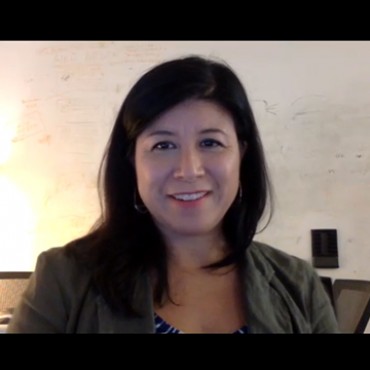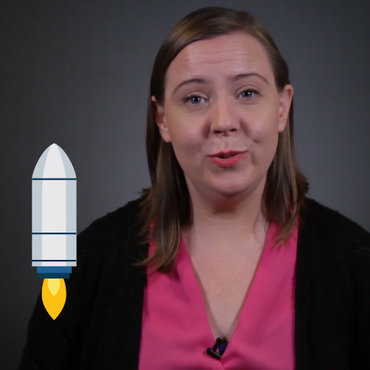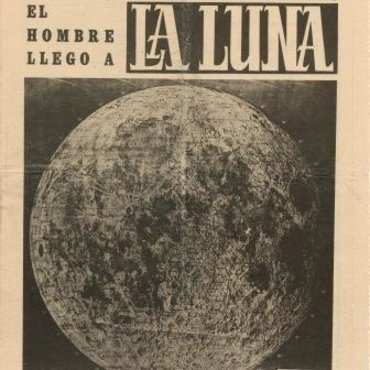
Bell Ringer: Evaluating Online News
Start a conversation about fake news and media literacy with this collection of links to fake, real (but surprising or hard to believe) and problematic (where truth and error or spin combine) news stories. Since bogus stories often disappear from the internet (and sometimes real stories, too), you’ll also find an archived link for each story that will remain usable even if the original link breaks.
Get even more great free content!
This content contains copyrighted material that requires a free NewseumED account.
Registration is fast, easy, and comes with 100% free access to our vast collection of videos, artifacts, interactive content, and more.
NewseumED is provided as a free educational resource and contains copyrighted material. Registration is required for full access. Signing up is simple and free.
With a free NewseumED account, you can:
- Watch timely and informative videos
- Access expertly crafted lesson plans
- Download an array of classroom resources
- and much more!
- Current Events
- Journalism
- 6-12
- College/University
IMPORTANT NOTE: Fake news sites often feature content that is inappropriate for a classroom environment. We have attempted to locate examples that will work for different ages based on the content in the story and on the surrounding page. However, ad content and other featured headlines may change over time. DO NOT ASSUME THAT THESE EXAMPLES ARE CLASSROOM-READY. Please carefully review your selected examples in advance to ensure they are appropriate for your students. Or, for increased content control, use screengrabs to crop and adapt the content to meet your student’s needs.
- Select several real, fake and flawed websites from NewseumED's Teacher Resource. Add the links in an online voting tool such as Poll Everywhere or Google Forms.
- If you need or opt to use the stories' archived URLs, be sure to use them for all examples so they don’t give away what’s real and what’s not.
- Tell students they are going to do a quick-fire activity to see how well they can identify online news reports as real, fake or flawed.
- Give students five minutes to click on each site and vote. This activity is meant to simulate the way people consume information today - very quickly - so remind students that the clock is ticking!
- Review the results as a class.
- Examples for Evaluating Online News: Teacher Resource (download)
- Computer access, one per student or small group, for website evaluation
- Did you think this activity would be easy or hard? Why?
- Which websites were easiest to identify as real or fake? Hardest? Why?
- Would this activity be harder on a smartphone?
- How likely is it that you've shared fake or flawed news?
Hone students' information evaluation abilities with activities such as E.S.C.A.P.E. Junk News and Is This Story Share-Worthy?
-
Common Core State Standards: CCSS.ELA-LITERACY.CCRA.R.1
Read closely to determine what the text says explicitly and to make logical inferences from it; cite specific textual evidence when writing or speaking to support conclusions drawn from the text. -
Common Core State Standards: CCSS.ELA-LITERACY.CCRA.R.2
Determine central ideas or themes of a text and analyze their development; summarize the key supporting details and ideas.
-
ISTE: 3b. Knowledge Constructor
Students evaluate the accuracy, perspective, credibility and relevance of information, media, data or other resources.















































































